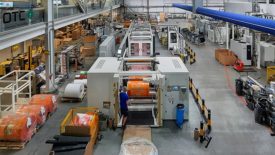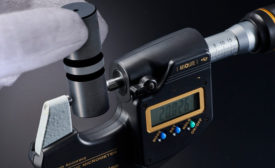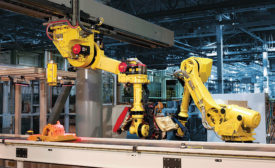Home » Keywords: » manufacturing automation
Items Tagged with 'manufacturing automation'
ARTICLES
Quality 101
Despite its praised benefits, many manufacturers still decide against automation. But does that decision stem from fear?
Read More
Quality Gets a Push From Model-Based Definition
Model-based definition is not new, but manufacturers have only recently begun to use it as part of the quality assurance process.
April 11, 2022
Vision & Sensors | Automation
Bringing AI to Visual Inspection
Adding automated decision-support for human operators helps speed visual inspection rates and improve product quality.
January 1, 2022
INDUSTRY HEADLINE
Methods Machine Tools Expands Automation Footprint, Launches New Automation Center in Charlotte, NC.
April 3, 2017
EVENTS
Webinar
7/27/23 to 7/27/24
Contact: Meg M.
Why Cobots Are the First Choice for Many Small to Medium-Sized Companies
Webinar
9/21/23 to 9/21/24
Contact: Meg M.
Learn How to Automate & Submit Quality Documents 70% Faster!
Webinar
12/6/23 to 12/6/24
Contact: Meg K.
Breaking Free From Paper: Fairview Machine’s Journey to Digital Quality Control
Get our new eMagazine delivered to your inbox every month.
Stay in the know with Quality’s comprehensive coverage of the manufacturing and metrology industries.
SIGN UP TODAY!Copyright ©2024. All Rights Reserved BNP Media.
Design, CMS, Hosting & Web Development :: ePublishing




